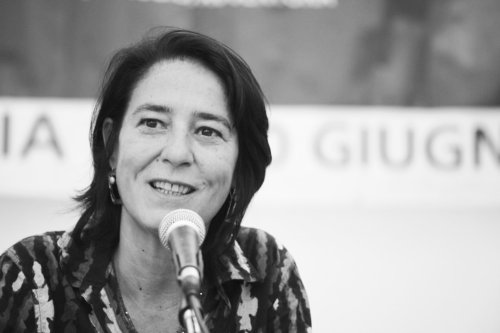
Maria Perosino
Maria Perosino (1961-2014) was an art historian active in the planning of cultural initiatives with a longstanding interest in contemporary visuality and especially situations in which the art encounters other spheres of knowledge such as science, design, illustration, photography and literature. Her most recent projects include the exhibitions ‘Vaccari di Franco Vaccari’ (Lugano, Museo Cantonale d’Arte), ‘abc e altri giochi di Bruno Munari’ (Urbino, Palazzo Ducale), ‘Specchi. Scienza e coscienza allo specchio’ (Genoa, Palazzo della Borsa, joint curator with Simona Marini) and ‘Lorenzo Mattotti – La fabbrica di Pinocchio’ (Poggibonsi, Teatro Politeama).
Author's books
Effetto terra
pages: 192 pages
Environmental emergencies, genetics, biodiversity and artificial nature: these themes are increasingly addressed and developed by artists in works that alternate investigation, protest, planning and utopia. Different issues and approaches with a common origin: the conviction that no aesthetic appraisal can be divorced from ethical responsibility wi
